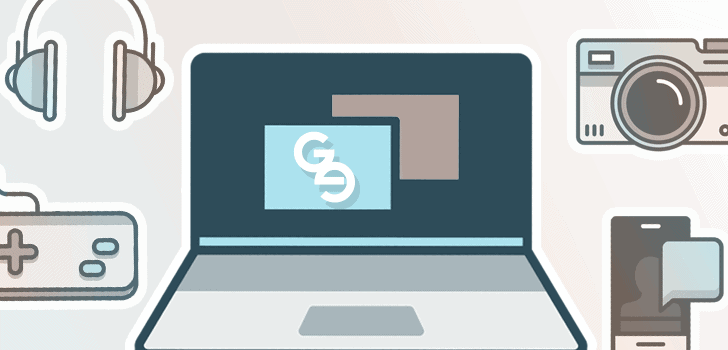A lithium battery has become a very popular way for many businesses to power many devices today. These types of batteries are formed using lithium metal and have a high charge density and portability. These are the types of batteries that you can find in most types of mobile devices.
Lithium batteries are popular for use in smart phones, tablets, laptops and Ipods. They come with many advantages especially for powering these types of mobile devices. The largest advantages that they come with a carbon and lithium construction which is extremely lightweight. This can mean that any type of lithium battery can have a high energy density for its weight especially when compared to some of the older battery technology.
Larger style lithium batteries are even responsible for powering items like cars or saving ongoing power for use in a house. A 1 kg lithium-ion battery could actually hold up to 150 W hours of electricity. Lead acid batteries can only hold 25 W hours per kilogram making them an overly heavy choice for powering any type of device or for mass power storage.
The other large advantage with lithium-ion overweight is their ability to hold a charge. In mobile devices lithium-ion batteries will only lose around 5% of their charge per month. Other types of rechargeable batteries like NiMH batteries will continue to deliver a 20% loss every month that they are continuously recharged.
When placing a lithium ion battery in a mobile device there is no need to worry about a memory effect. It’s just a myth that you have to let the battery completely drain before recharging any type of lithium ion cell because they won’t lose any type of charge within their battery chemistry. Today’s modern lithium-ion batteries are designed to handle hundreds of discharge and charge cycles without issue.
If you have ever wondered about the types of batteries that are found in your devices commonly, a lithium battery is likely with powering your smart phone or tablet right now.
